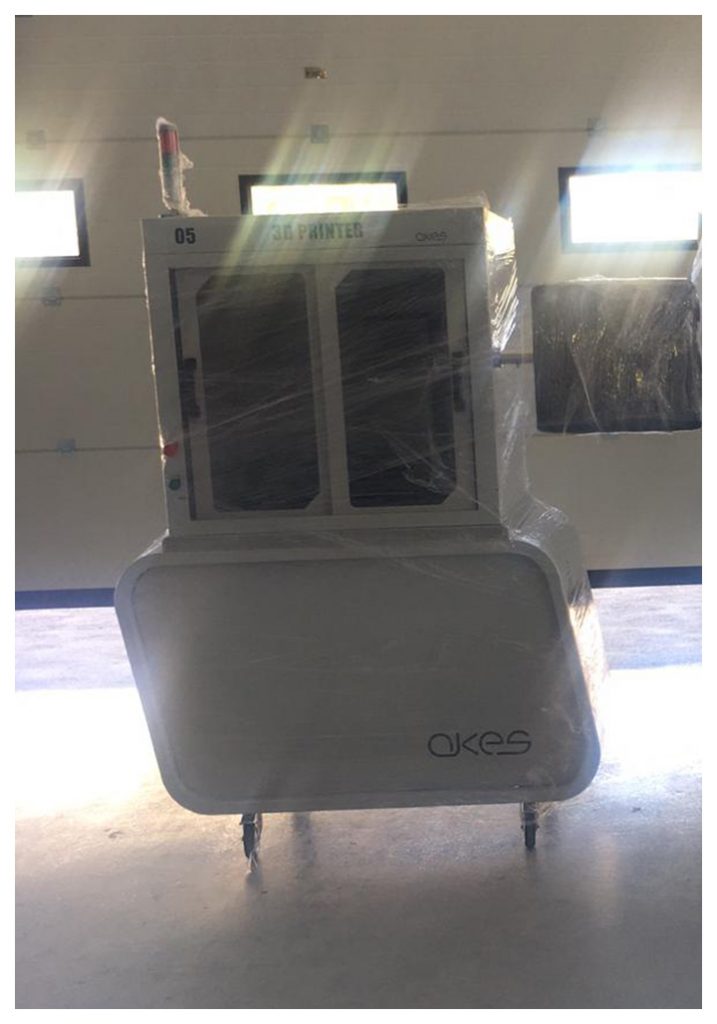
At least one of the components that add digital features to the product must be manufactured with a 3D printer. The printer mechanism can transfer the manufacturing information to external systems by sharing information to the outside. The 3D printer automatically receives the work order from the ERP system and can start the process with or without operator interaction, if desired.
It is a machine that takes design files created in the computer environment and turns them into tangible real objects.
Although there are many different types, the most widely used today are FDM (Fused Deposition Modeling) type printers.
It simply takes the given plastic material (PLA, ABS, PETG, etc.) and melts it on a hot end, creating a whole by writing the desired object layer by layer.
A 3D pre-modeled part is loaded into the 3D printer and production is started. In order to start the production, the PLA filament related to the product to be printed on the 3D printer must be placed. Production time varies according to the dimensions of the product to be printed. At the same time, thanks to the HMI (Human Machine Interface) integrated into the 3D printer, when a work order is received via ERP, the printer can automatically start processing upon request, or it can be started via its own LCD screen. Thanks to the HMI, the information of the 3D printer can be tracked and displayed instantly.
The temperature inside the cabinet at the time of printing should be measured.

| Features |
|---|
| Bench Dimensions: 1385x1740x800 |
| Measuring the printer indoor temperature |
| Ability to manufacture in 30x30x30 dimensions |
| Print speed: 20-100mm/s, 50mm/s (recommended) |
| Layer thickness: 0.1 – 1.4mm |
| XY axis position accuracy: 0.012mm, Z axis position accuracy: 0.004mm |
| Software integrated into the ERP system |
Instantly Trackable Data;
| Ready | Door Open |
| working | Door Close |
| in care | Cabin Temperature |
| Defective | There Is Movement |